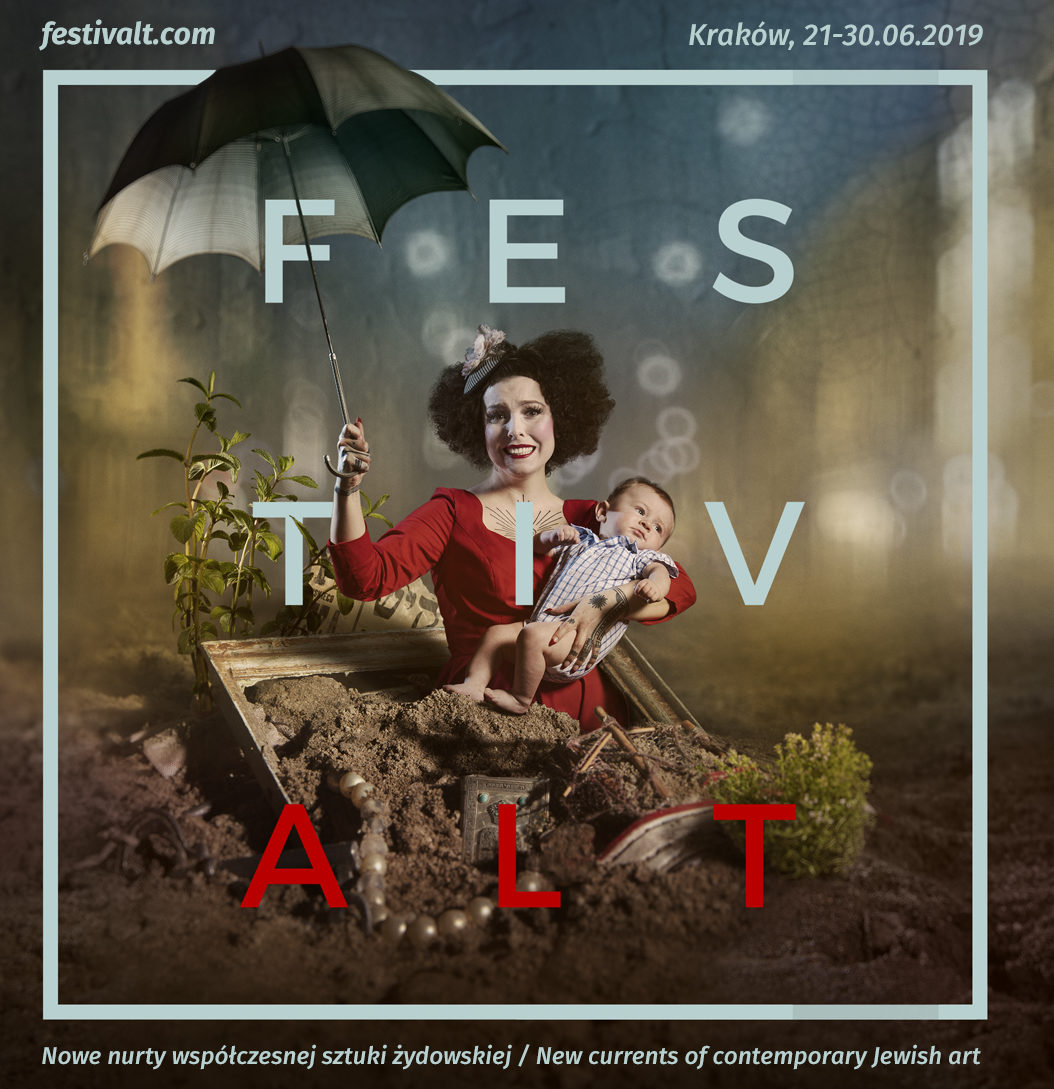Shedding light on the museum - curatorial statements

JACQUELINE NICHOLLS
Can we speak of this now?
(animations, 2020)
These short animations pose the question Can we speak of this now? to the museum. This question was prompted by an inquiry into whether this moment – during a global pandemic – was the right time to examine the museum’s problematic permanent exhibition, and whether its leadership was addressing in respectful ways both the antisemitic items in their collection, and the absence of Jews in the stories they tell about Poland. But when is the right time to have these conversations? The pandemic lockdown has been a global pause – an opportunity to imagine what kinds of societies we want to be part of, and whether it is even possible or desirable to return to how things were before. To use a Rabbinic phrase: If not now, when?
Can we speak of this now? asks who is included in institutional conversations (can we speak), the museum’s awkward objects (this), and the urgency of this long overdue conversation (now). The animation plays with the question Can we speak of this now? and through the disruption of water, the text dissolves and transforms into a series of statements: How can we speak of this now? If not now, when? We speak now. And finally, an invitation for more voices to join the conversation: Please speak now.
—
Jacqueline Nicholls is a visual artist with Polish roots, based in London. Her work explores handwriting as a form of drawing. Specifically, she addresses the emotional pull of illegible writing that carries the trace of the human and still calls out to be read. Her interest in writing is informed by her Jewish heritage, a tradition that values scholarly word-play and textual interpretations as a sacred act. Jacqueline exhibits internationally, her work is held in public and private collections.
DOROTA MYTYCH
Un-Rehearsed
(video work, 2020)
The video work” Un-Rehearsed” reflects on global, local and personal experience in an attempt to make sense of the link between historical and contemporary socio-political events. Using soil and seeds, the artist has recreated historical images from the Ethnographical Museum, along with personal and press photos. Archival images of Polish Carollers wearing death, devil, jew, and goat masks are knitted together with modern-day masked undertakers as they perform a burial during the COVID-19 pandemic. The images are filmed as they disintegrate, and their undoing draws inspiration from Wisława Szymborska’s, Nic dwa razy się nie zdarza (Nothing can ever happen twice). These ephemeral moving images, when woven together, create a steady stream of experiences that are repeatedly and abruptly interrupted, breaking the linearity of time and this way casting a gaze backwards from the now. By using video as a canvas for drawings, the subject and its photographic incarnation are subverted. Un-Rehearsed foregrounds not only the moral incertitudes in our society but also our interpretation of events, both historical and contemporary.
—
Dorota Mytych is a multidisciplinary artist who works with painting, drawing, sculpture and installation as well as video.
She was born in Elblag, Poland, and lives and works between Poland and Australia. In 1996 she received her Diploma of Fine Arts from the Art Institute Lorenzo di Medici in Florence, Italy as well as an Honours Degree of Fine Arts Painting from the Accademia di Belle Arti in Florence, Italy.
Mytych has exhibited widely internationally. Her work is represented in many notable museum collections and institutions, including the Museum of Contemporary Art, Sydney, Australia; Conrad Jupiter Art Prize, Gold Coast City Art Gallery, Australia; Artbank Collection, Australia; the Victoria Legal Aid Collection, Melbourne, Australia. Mytych’s work also resides in many private collections in The Netherlands, Poland, the United Kingdom, Germany, USA, Australia, and Italy.
Mytych has received many prestigious honours, grants, and residencies including the Pollock-Krasner Foundation Grant; The Camargo Foundation Artists in Residency; The Boglisco Foundation Fellowship; and The MacDowell Colony Artists in Residency.
